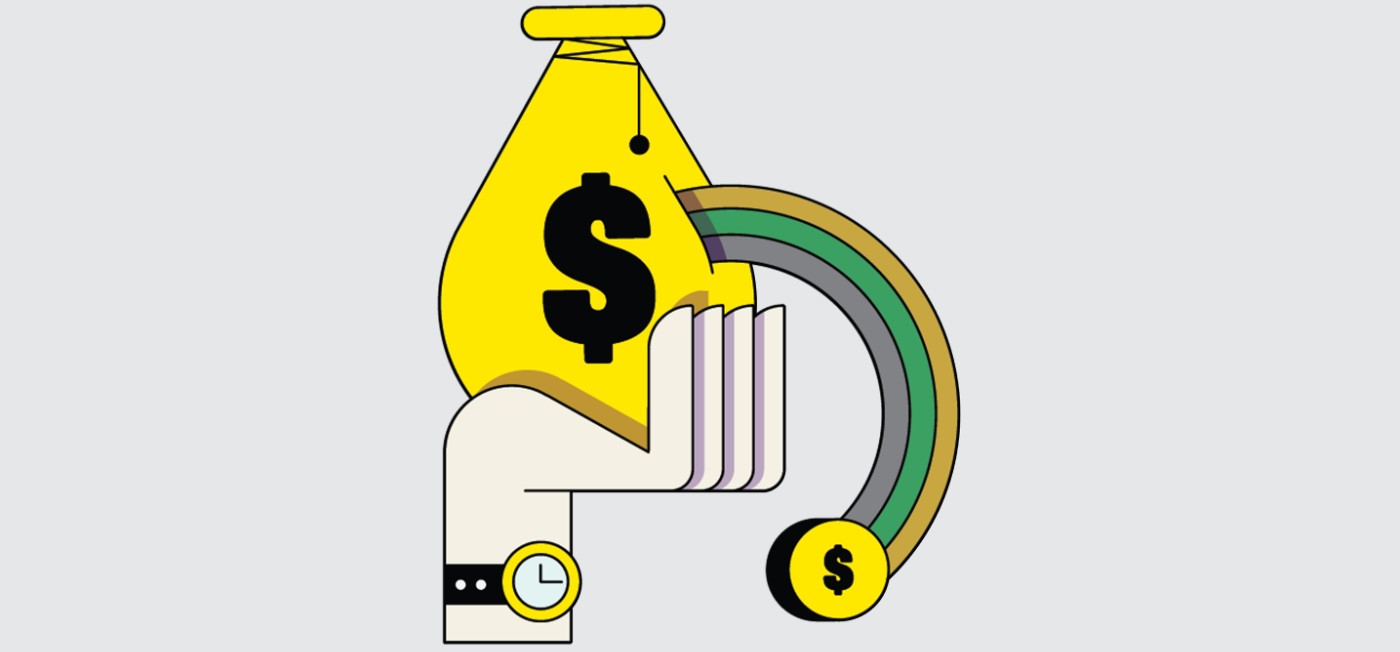More and more 401(k) plans now offer Roth contributions. At the same time, Americans are changing jobs and receiving 401k distributions in record numbers. So, it’s a good time to review the tax rules that apply to Roth 401(k) withdrawals. The same rules also apply to Roth 403(b) and Roth 457(b) withdrawals.
Roth 401(k) contributions are made with already-taxed compensation. So, if you are eligible for a distribution, you can withdraw the contributions themselves without paying taxes. If you’re still working, you can’t withdraw Roth contributions before age 59 ½ except for hardship. Earnings on Roth contributions only come out tax-free if the distribution is considered “qualified.”
To be qualified, 401k distributions must satisfy two requirements.
- First, you must be at least 59½ at the time of distribution or the distribution must be on account of your disability or death.
- Second, you must have held the Roth 401(k) account for more than five years.
This five-year holding period starts on January 1 the first year you made a Roth contribution to the plan that the distribution is coming from. Periods during which you made Roth contributions to other 401(k) plans don’t count unless you rolled over those contributions to your current employer’s plan. Any other non-Roth 401(k) contributions are also ignored.
Example 1:
From 2012-2018, Denise worked for Alpha Company and made Roth contributions to the Alpha 401(k). In 2018, Denise left Alpha and began working for Beta Company. She made her first Roth 401(k) contribution to that plan on July 1, 2018. In 2022, at age 60, Denise wants to withdraw from her Beta Roth 401(k) account. If she does that, the earnings on the account will be taxable since her distribution won’t be qualified. Although she is over 59 ½, her five-year holding period, which began January 1, 2018, won’t be until December 31, 2022. Denise won’t get credit for her Alpha Roth 401(k) contributions unless she rolls over those funds to the Beta 401(k).
If your distribution is not qualified, a portion will be subject to tax under the pro-rata rule. To determine how much is taxable, follow these steps:
- Step 1 – Divide the amount of your Roth 401(k) contributions by your total Roth 401(k) account balance (contributions + earnings).
- Step 2 – Multiply the Step 1 percentage by your total distribution amount.
- Step 3 – Subtract the Step 2 amount from your total distribution amount.
Example 2:
Denise (from Example 1) goes forward with a partial Roth 401(k) withdrawal of $20,000 from the Beta plan. She has made $35,000 of Beta Roth 401(k) deferrals, and her total Roth 401(k) account balance (contributions + earnings) is $50,000. The Step 1 fraction is 70% ($35,000 / $50,000), and the Step 2 amount is $14,000 ($20,000 x 70%). This means the Step 3 amount – the taxable portion of the $20,000 withdrawal – is $6,000 ($20,000 – $14,000). Denise can take the remaining $14,000 tax-free.
By Ian Berger, JD
IRA Analyst











